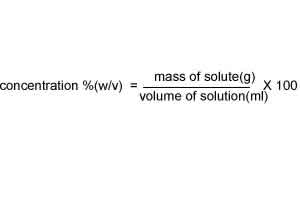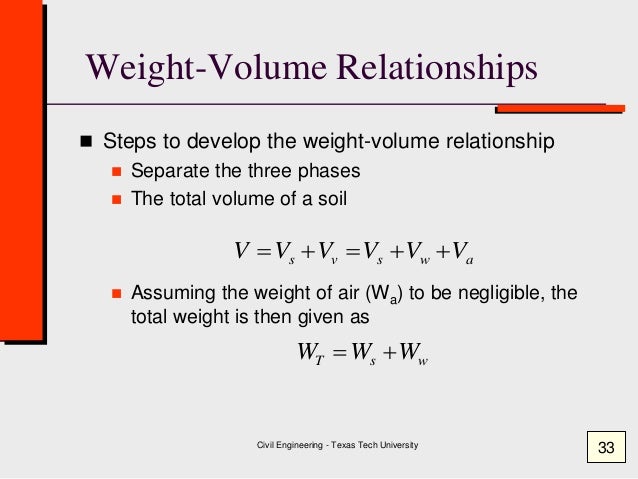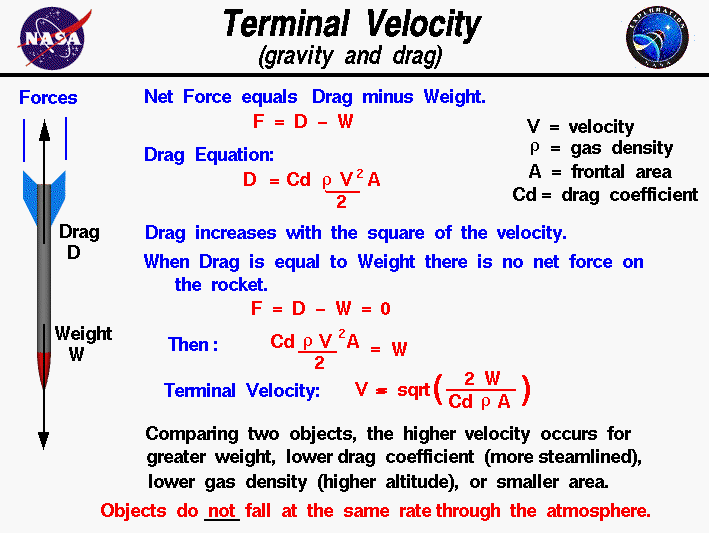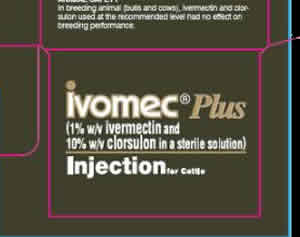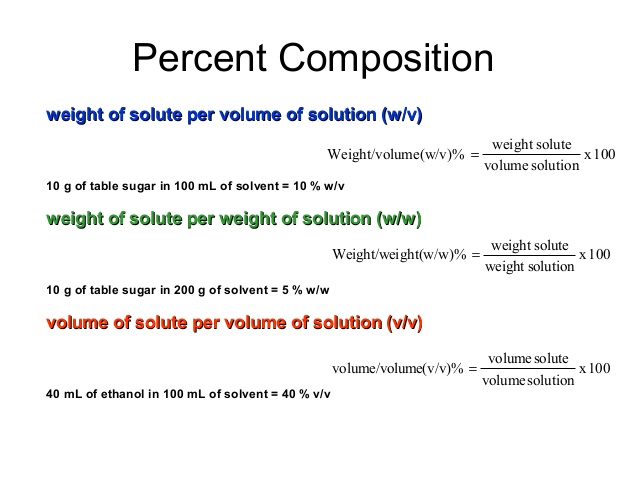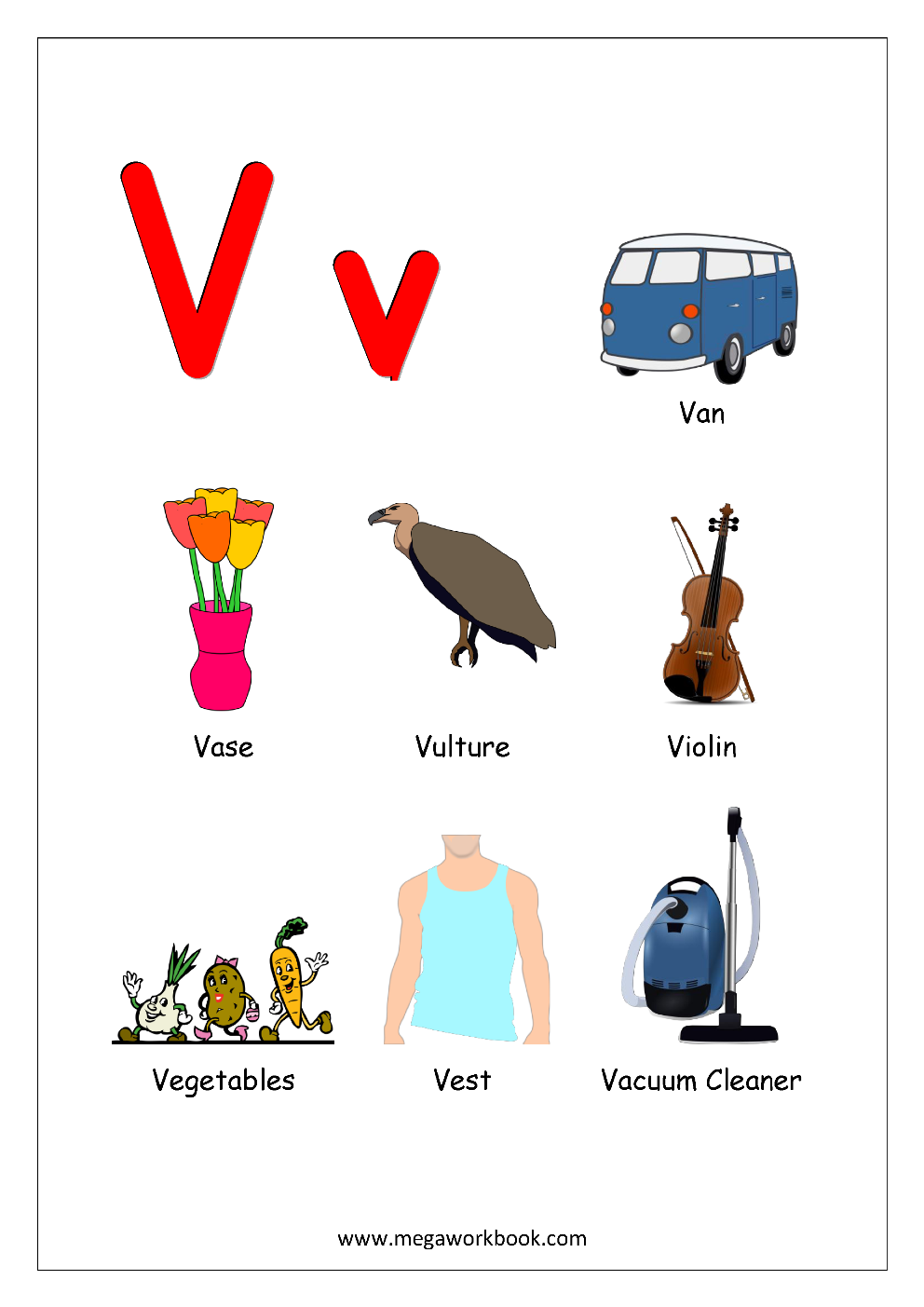W V Vs V V

Weight by volume percent w v tells you the mass of solute in grams that has been added to a 100 ml solution.
W v vs v v. It can confuse new people to the laboratory. A lot of students mix up the v and w sounds in english. W is a the sound you make on your lips. 1 g of water has a volume of approximately 1 ml at standard temperature and pressure and the.
Is also used and appears to be more common than vs without the point as shown by cursory browsing e g. Hence the percent now becomes 70 w v. Your lips start in an o shape move in and then move outward. Thus you have eight alternatives.
Make an f sound but hold the teeth by the lower lip and let it vibrate. Make sure to pronounce v in the middle or at the end of words. In american english pronunciation v is a vibrating sound. 1 m v solutions are sometimes thought of as being gram 100 ml but this detracts from the fact that m v is g ml.
Example below and this google books ngram. There are many different ways of expressing the concentration of a given solution. You should feel slight heat on your lip as you practice holding out the sound. This is used when a solid chemical is dissolved in a liquid.
Some of the most common include molarity weight by volume volume by volume and weight by weight. 700 g of ethanol diluted to make up a total volume of 1000 ml. It can alternatively be abbreviated to m v for mass per volume. Explaining the concept and solving numericals related to it.
Mass concentration of solution is expressed as w v for weight per volume. Keep your mouth jaw relaxed. Although there are examples to the contrary it should be stressed that the commonly used units of w v are grams milliliters g ml. If 1g of potassium iodide is used to make up a total volume of 100ml then a 1 w v solution of potassium iodide has been made.
